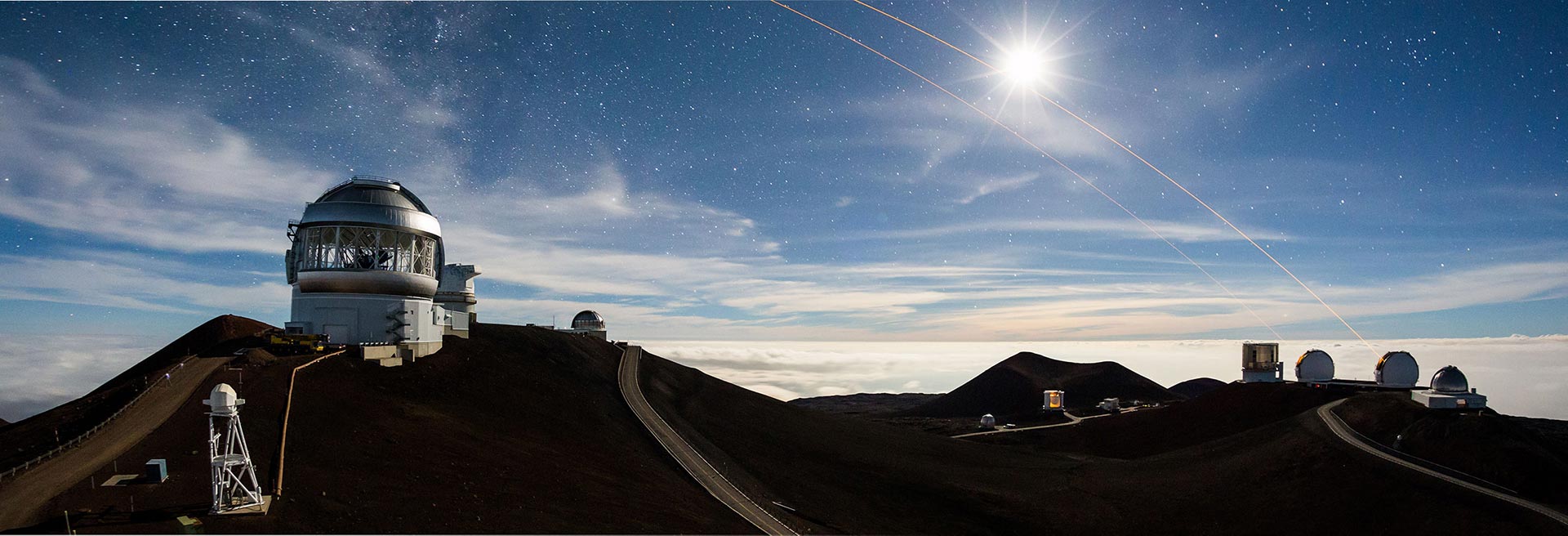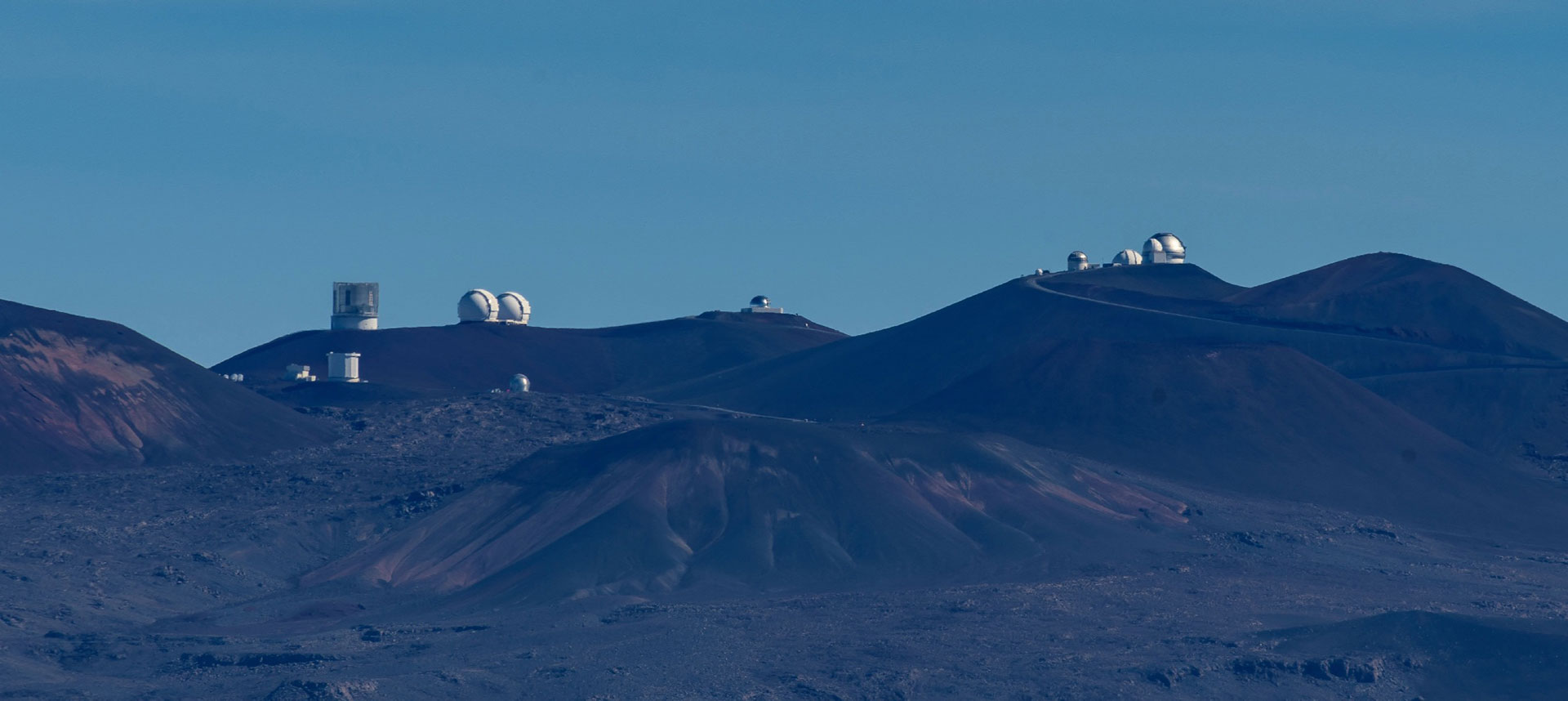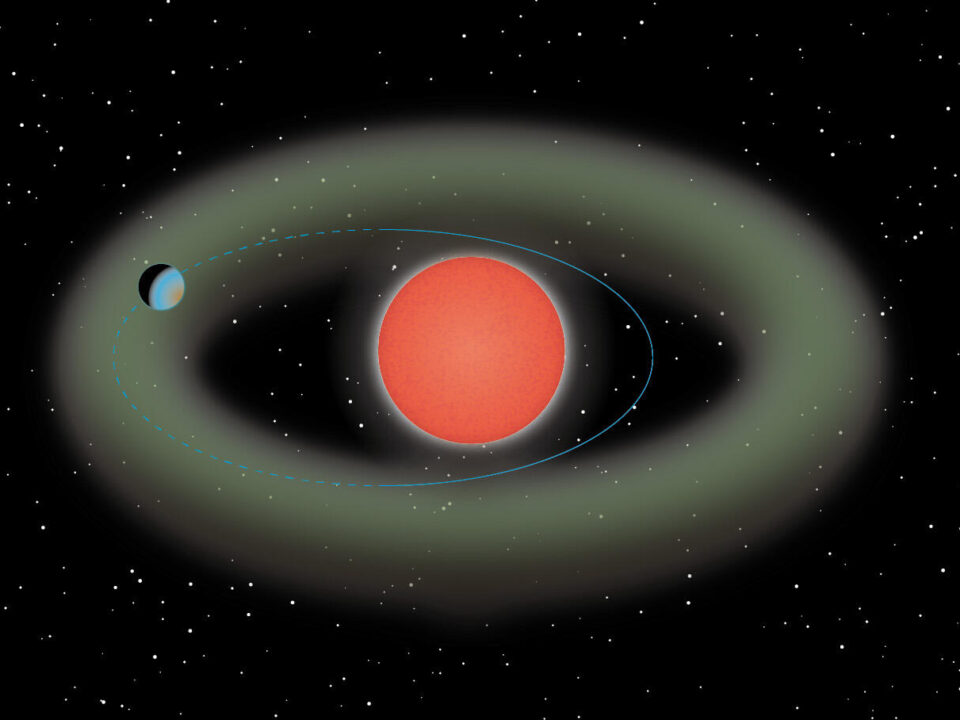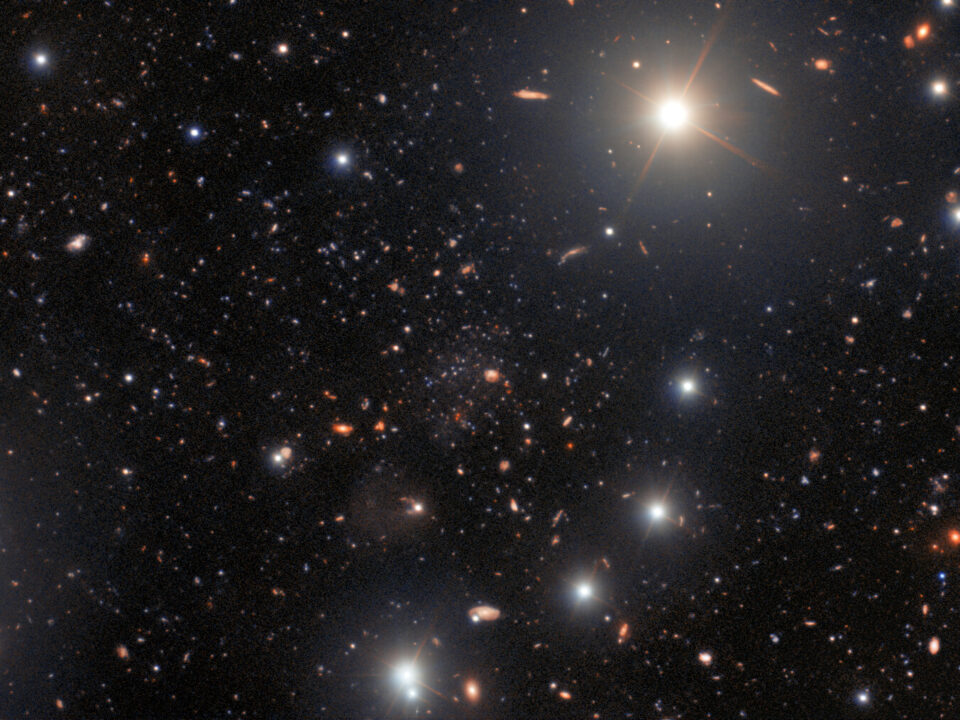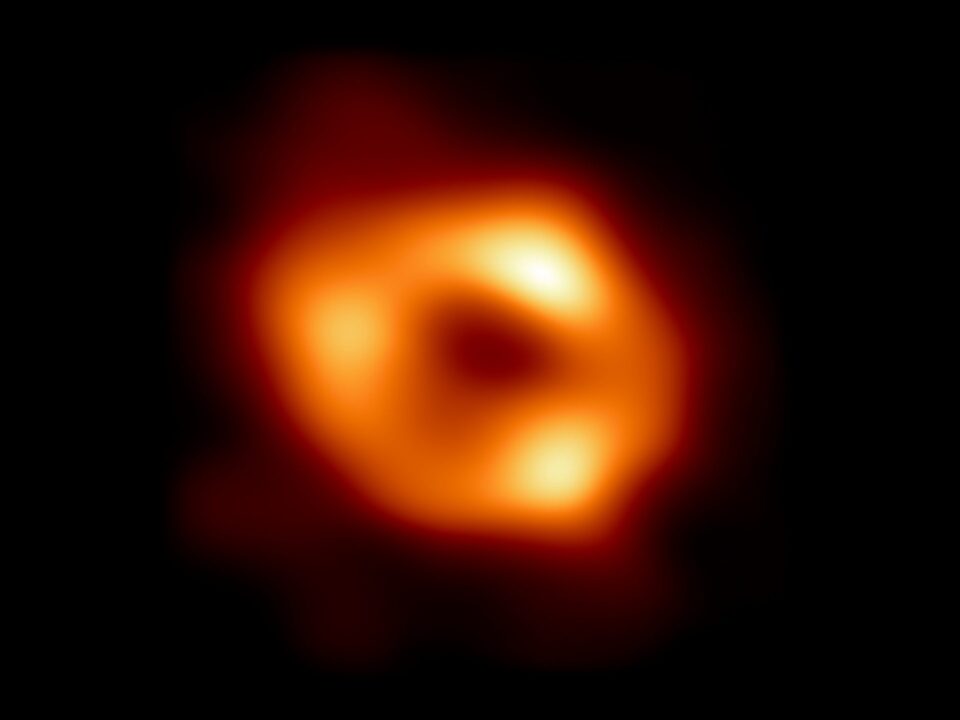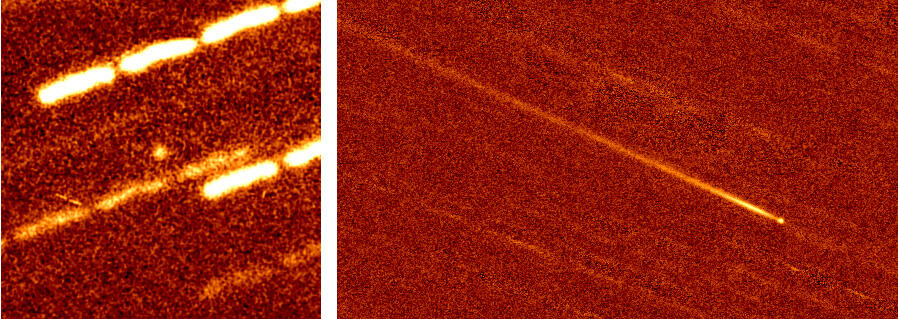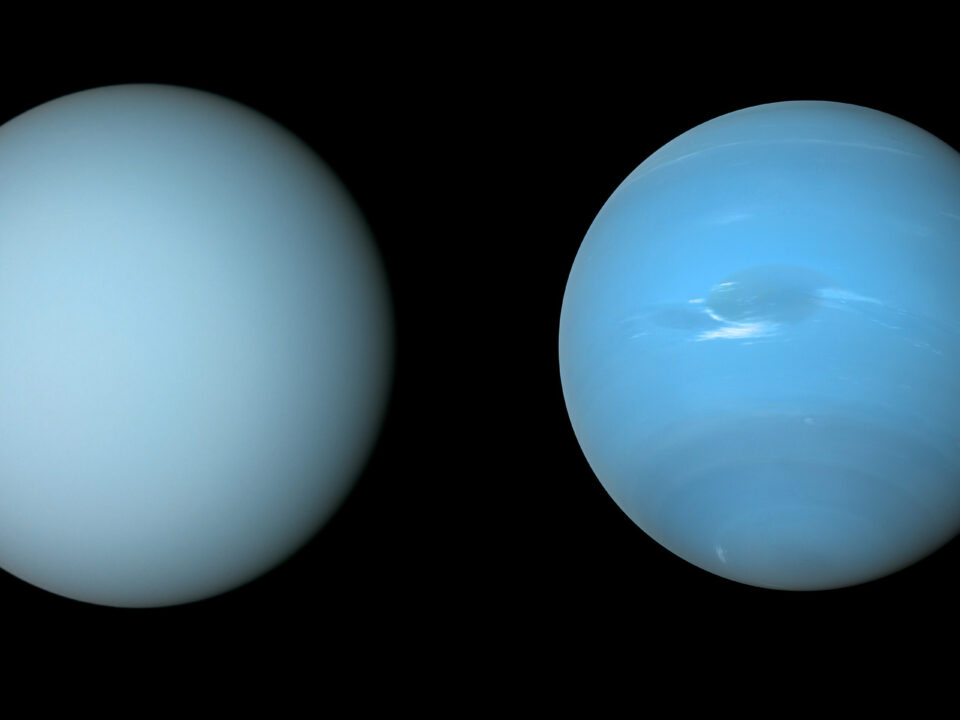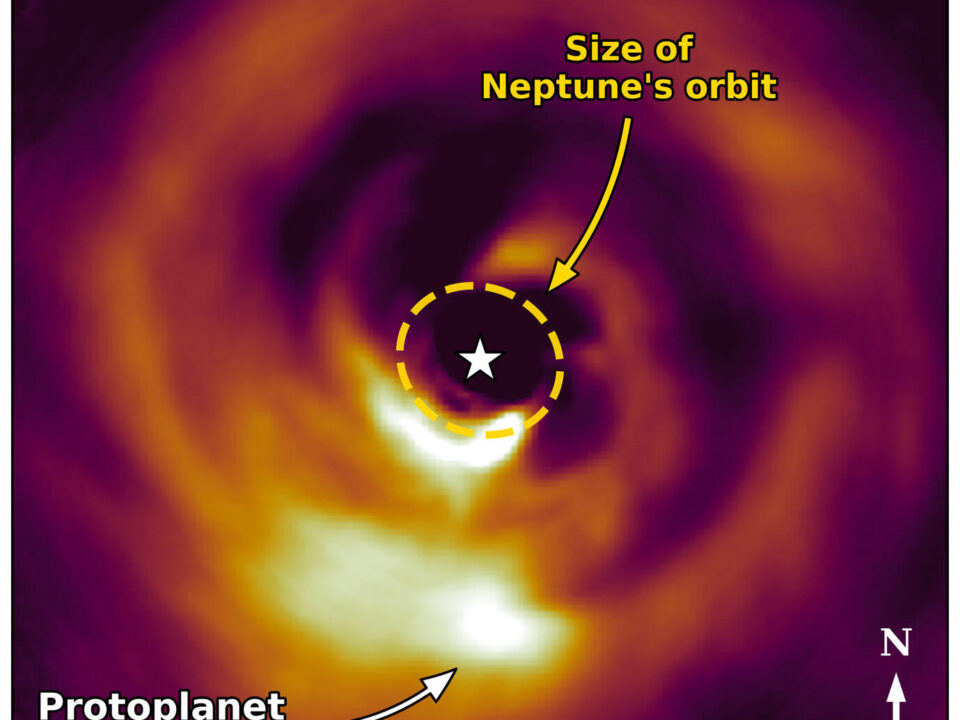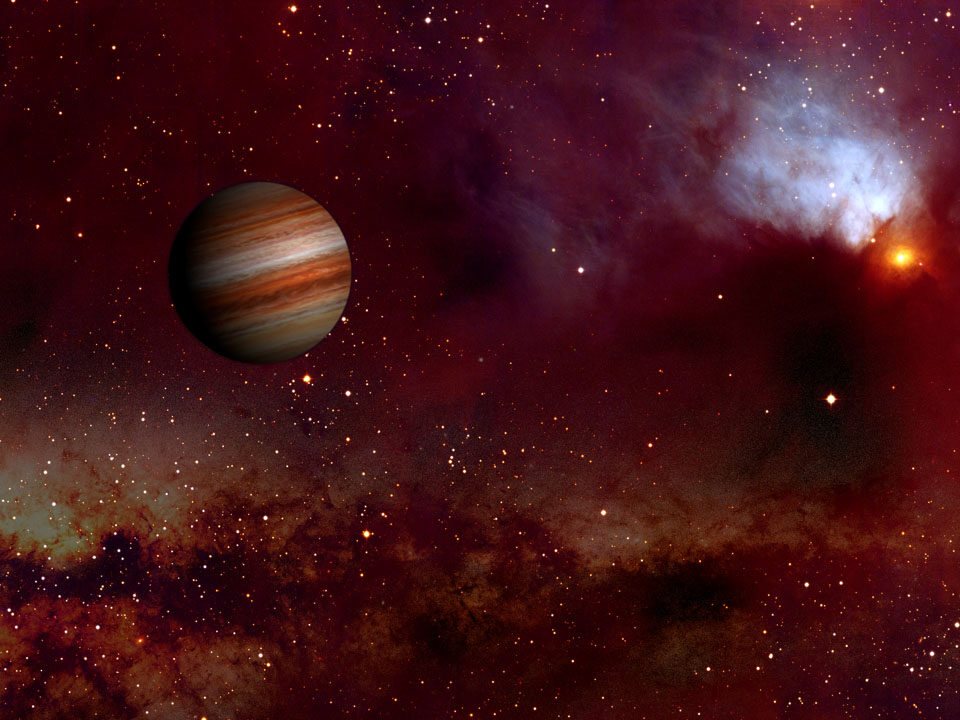the latest news from the maunakea observatories
Sign up for our newsletter, so you won’t miss a single update.
Andrea Ghez Wins Nobel Prize In Physics
Dr. Andrea Ghez, an astrophysicist at UCLA who has been observing the Galactic Center from Maunakea for over two decades, has won the 2020 Nobel Prize in Physics. She is honored for her pioneering work using W. M. Keck Observatory to provide conclusive experimental evidence of a supermassive black hole with the mass of four million suns residing at the center of our Milky Way galaxy.
July 7, 2022
Governor Ige signed HB2024 into law today, creating the Maunakea Stewardship and Oversight Authority, declaring astronomy as a policy of the state. Mahalo to the Hawai’i State Legislature, the Mauna Kea Working Group and the many community members for their efforts. We share the commitment stated by the University of Hawai’i to support the new Mauna Kea Stewardship and Oversight […]
July 6, 2022
On the outer fringes of the Andromeda Galaxy an unusual ultra-faint dwarf galaxy, first spotted by an amateur astronomer, has been observed by the Gemini North telescope on Maunakea. The followup observations reveal the galaxy is a “fossil,” and among the first galaxies to form in the Universe. Read more, in the Gemini Observatory press release. The International Gemini Observatory […]
June 20, 2022
Observations from the James Clerk Maxwell telescope and the Submillimeter Array, both located on Maunakea, contributed to the production of the first-ever image of the shadow of the black hole at the heart of the Milky Way galaxy, by the “Event Horizon Telescope”. This incredibly challenging observation builds on the more than 20-year history of studies of the Galactic Center […]
June 16, 2022
Astronomers may now understand why the similar planets Uranus and Neptune are different colors. Using observations with the Gemini North telescope and NASA Infrared Telescope Facility on Maunakea, and the Hubble Space Telescope in orbit, researchers developed a single atmospheric model that matches observations of both planets. The model reveals that excess haze on Uranus builds up in the planet’s […]
January 7, 2022
Astronomers have found the ruins of an ancient globular cluster in the outskirts of the Milky Way. Using the Canada-France-Hawaii and Gemini North telescopes on Maunakea, in conjunction with the Gaia satellite, they showed that the motions and compositions of stars in an outer-galaxy “stream” mean that it must have originated as a globular star cluster. In fact, this stream […]

